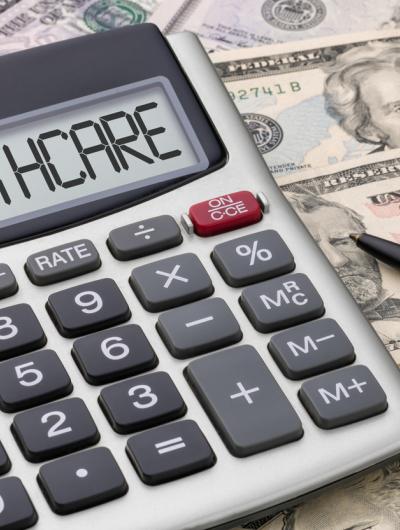In January 2019, the Wall Street Journal penned an exposé observing that expected nationwide costs in the Medicare Part D program have historically been consistently higher than actual costs. It alleged that, “Health insurers reaped $9 billion in additional revenue from 2006 to 2015 by overestimating drug costs to Medicare and keeping a share of the extra money.”
This whitepaper summarizes Wakely’s investigation of this claim and suggests an alternative explanation – that methodological issues with the risk corridor and federal reinsurance calculations in the bid versus the actual claims experience are to blame for the pattern observed by the WSJ. In short, the opposite conclusion is true. Insurers aren’t overstating their costs – they are being under-reimbursed. This could have serious financial implications for Medicare Part D payers.

